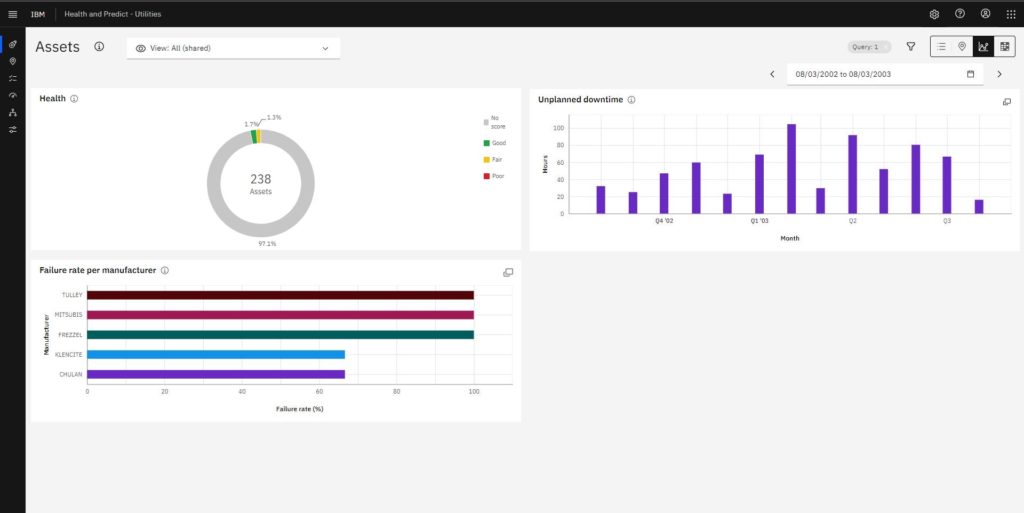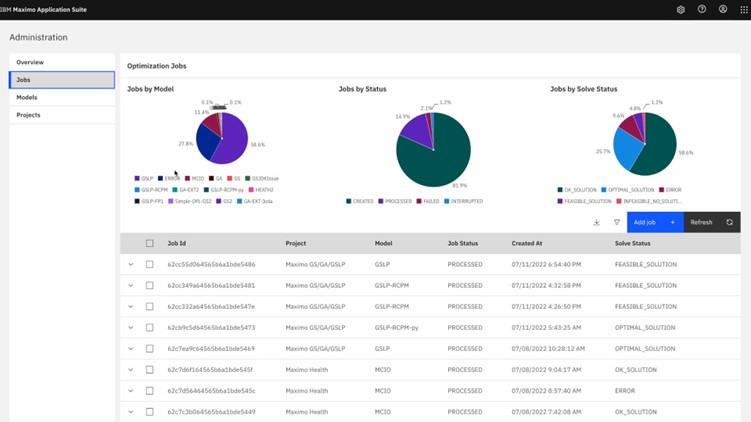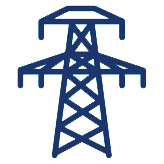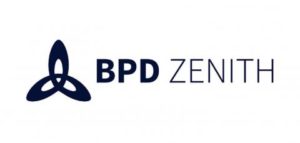
MAS 8.8 continues the process of integrating the MAS apps to work better together, and streamlines a number of back-end processes to make the program run more efficiently, providing a better user experience.
Although at first glance it may appear that very little has changed beyond the new splash screen, in fact there are a number of significant changes contained in this update, which we think some users will find very useful.
First and foremost, although it’s hidden away right at the very end of the official release notes, is a new ‘lite’ version of Maximo® Optimizer, Maximo’s work scheduling program. This is called Maximo® Optimizer Limited and can run the same optimisation processes as its big brother, albeit with some restrictions : deployment is limited to two virtual processor cores, the use of a single model (provided by default by IBM), and serialized implementation of jobs.
However, the important point about it is that it costs less than 1/3 of the price of the full version, which makes optimisation for resource levelling, capacity planning, work assignment and critical path analysis more accessible for a far wider range of clients and use-cases: it is definitely worth a look!
Another important change arrives for Maximo® Visual Inspection, again without much fanfare. This provides additional anomaly detection algorithms, so that you can now train a model to recognise what is normal, and the model will flag any differences as anomalies. This is the reverse of the previous implementation, where models had to be trained to recognise specific anomalies. This change has a lot of potential in areas such as manufacturing and asset maintenance, where visual standards can be established, and anything not meeting the standard can be marked as anomalous.
Following on from this, Maximo® Visual Inspection Edge has been improved, essentially to allow more complex decisions to be made on an Edge device. This is also very useful in high-speed environments such as manufacturing production lines, where production cannot be halted while waiting for feedback from a central server.
Other useful changes are in Maximo® Health, which introduces a range of new views and analytical tools to provide further insight into how and when assets fail. These can assist with various tasks such as opening a work order, or adding assets to an investment optimizer project for Maximo® Health and Predict – Utilities.
New views in Maximo® Health:

Maximo® Health and Predict – Utilities now has a matrix capability, to enable users to visualize the number of assets at risk. The most critical in need of maintenance or replacement can be easily identified and addressed to help ensure system or service availability, uptime, and safety.
Administrators can set up prerequisite requirements to run analysis. You can configure matrix axes such as Criticality, Health, End of Life, and Risk; and define categories (such as low, medium, and high), ranges, and colours.
New matrix view in Maximo® Health & Predict – Utilities:

For a full list of features in MAS 8.8, or for more information about business transformation with Maximo, please contact us today on
+44(0)20 3356 9629 or info@peluk.org
Contact us now for a demo or more information about Maximo® EAM solutions for your organisation.
Call us on +44(0)20 3356 9629 or use our contact form below.
Contact us now








